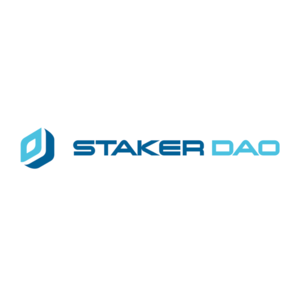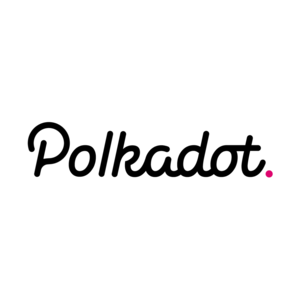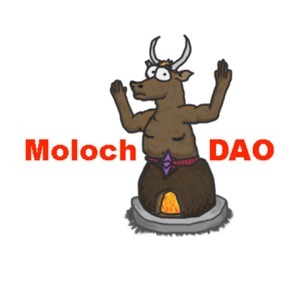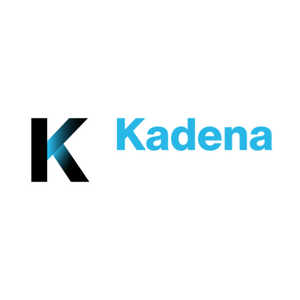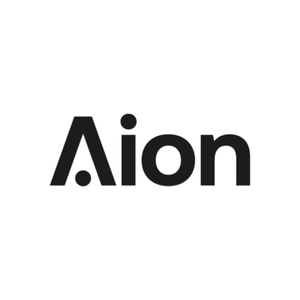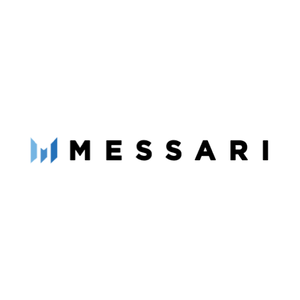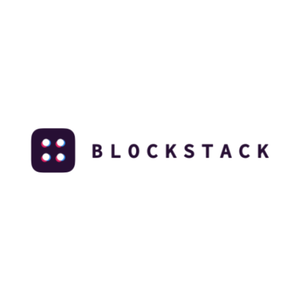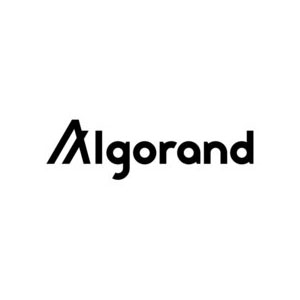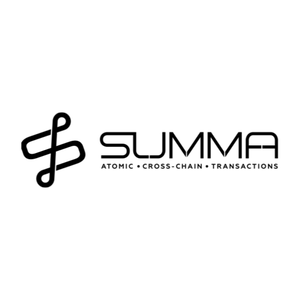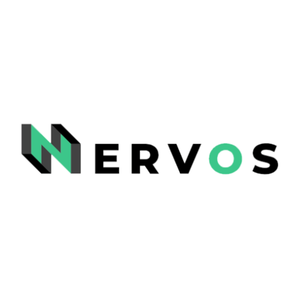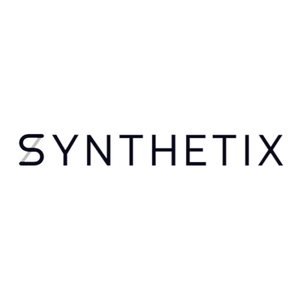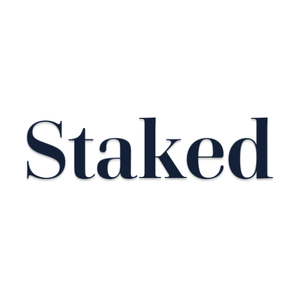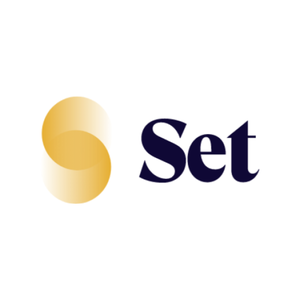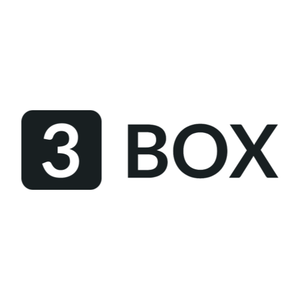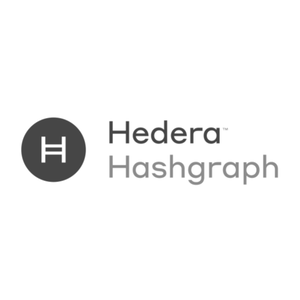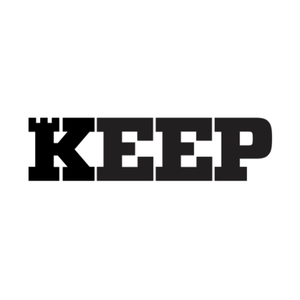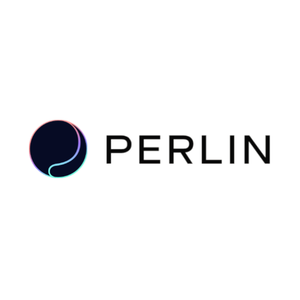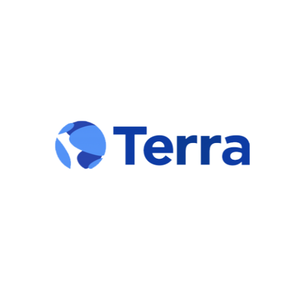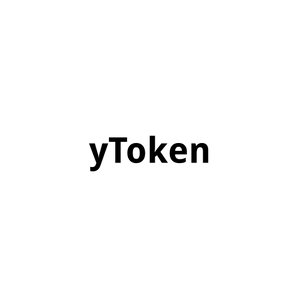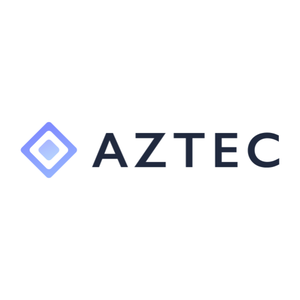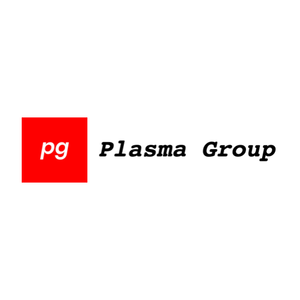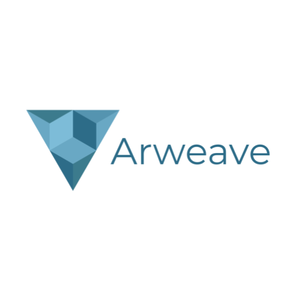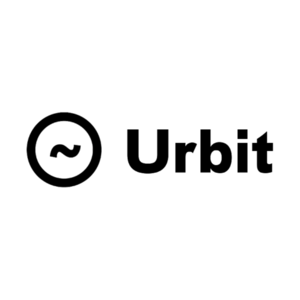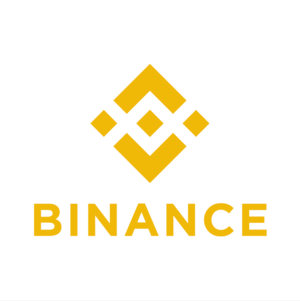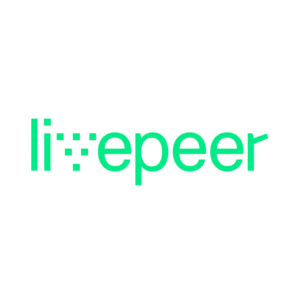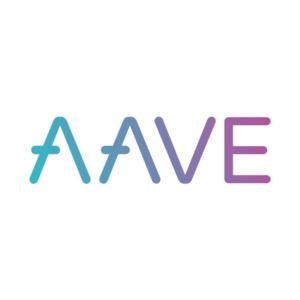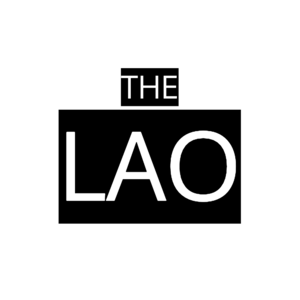Crypto AMA with StakerDAO (1.16.20)
Spencer Noon Feb 9, 2020
- Jonas Lamis
- Christian Arita
Please give a warm welcome to Jonas Lamis and Christian Arita of StakerDAO!
As a reminder for everyone participating—please keep the discussion respectful at all times.
Could you guys start off by giving us a brief bio on your backgrounds as well as how you got started in crypto? And then a short overview of StakerDAO and a brief update on your progress to date? We’ll then be off to the races with questions.
Hey all! Thanks for having us
I’m Jonas Lamis and I am the founder and CEO. Prior to Staker, I’ve been heavily involved in the Tezos ecosystem. I run Tezos.Capital which is one of the largest validators (bakers) in Tezos. I also produce the Tezonomics podcast, and was previously a co-founder of Tezos Commons, the U.S. based Tezos non-profit foundation.
Hi everyone. My name is Christian Arita and I am the Ops Lead here at Staker. Before transitioning into this role, I worked in traditional finance, specifically in Research at Deutsche Bank out in New York. My role focused on Global Macro and Equity Strategy so I spent a lot of my time looking at things like the duration of economic cycles, how to position across sectors, and structuring baskets for buy-side clients. I ended up with a strong interest in crypto after I connected with Analysts who were covering crypto at equity research shops.
StakerDAO is a platform for governing financial assets in a decentralized, secure, and compliant manner. We’re implementing a multi-token model where the governance token - STKR - is used to make decisions about how the DAO operates and what products the DAO launches and manages. Other tokens that represent the economic interest of those products will be developed over time under the direction of the governance process.
In our model, governance decisions are made by a council which is made up of token holders. The governance process runs every month and is fully transparent on the Tezos blockchain.
We launched Staker on Tezos on January 1st and our first monthly governance cycle is underway. In this cycle the first 3 council members are being appointed and the operations team is being chartered to finalize plans for the first synthetic product that StakerDAO will launch.
You can see our contract on chain: https://tezos.id/accounts/KT1EctCuorV2NfVb1XTQgvzJ88MQtWP8cMMv?op=contractStorage&tab=contract
The storage shows the public keys of the newly appointed council members, and it also shows the monthly proposal and the checksum of the pdf document that officially contains it.
We just entered the voting stage of our governance process, so you will see the 3 new council members voting to approve this proposal in the next week. Our current council consists of Olaf Carlson-Wee from Polychain, Luke Youngblood from Coinbase Custody, and me (Jonas). We anticipate adding 2 more council members in February based on the funding round that we are currently finalizing.
Within the next week, we will have a Staker Agora governance explorer on our site that will let everyone see exactly how each cycle is progressing, what is being considered and who voted for each proposal.
The next big step for StakerDAO is the February proposal which is being developed by our Ops team in conjunction with our STKR token holders. That proposal is going to authorize the launch of our first economic product - a synthetic ethereum tracker token that will track the price of a basket of PoS tokens. The economic model for this token is being finalized and will be released in the February governance proposal.
Our plan is to launch a product that is broadly accessible by the crypto community and provides an easy way to go long on the best proof of stake blockchains. However we also plan for this product to be compliant with the regulatory requirements for the jurisdictions where it is available.
We think the main value proposition of StakerDAO is its governance for launching and managing financial products.
For the first product we put out there, the synthetic basket of PoS tokens, the value proposition is around the ease of use, but includes other benefits.
Today, we have not implemented a method for shorting the basket. There is potential of course to do this on other platforms, but for now, on our platform, this is a long-only product.
We looked at governance models across crypto and came back to the representative model as what we wanted to start with. Having spent a lot of time with Tezos, we liked how coinholders are involved in discussions and proposal development, but ultimately the voting is done by their bakers. We are modeling Staker after that. In our case, the council will be elected by the STKR holders on an annual basis.
But to jump start this, we are appointing the initial council for a 1 year term. Polychain was the seed investor in StakerDAO and Olaf is a great visionary in the space - so a great fit. Luke has been a great supporter of PoS over the years and has deep expertise on the technical side. He's bringing the kind of expertise we want to be able to use to make Staker products well received across the industry. In 2021, we will have an election among all holders to determine the council for that year.
When we were looking at how some companies in the crypto space create baskets or index funds today, we realized that many of them have simple market cap weighted baskets. This works great in traditional finance, but is complex in crypto because of some assets, which are often seen as undesirable. Even crypto assets within the top 10!
The composition today is a multi factor approach. We have thresholds for market cap and volume, but once we filter our universe for these two, we start to look at rewards % and staking ratio (% of tokens staked on the network). On the reward ratio side, we want to maximize growth/risk/profit, however you'd like to think about it while on the staking ratio side, we want to optimize for quality of the network. Essentially, are users excited about the network and staking to secure it? Today, our basket includes Tezos, Decred, Cosmos, and Algorand, but can contract and expand as other PoS come to life. The methodology itself is able to grow based on STKR token holder feedback!
In terms of allocations, once we have these multi factor scores for which assets will enter the basket, we market cap weight them.
We think that the basket token provides several benefits vs. individual token staking. The index nature of our offering will provide easy access to a broader set of assets. It can be complicated to manage a wider set of PoS assets and our governance process lets us always stay in front of emerging assets. Also, our model allows holders to get in and out of their position without worrying about lockup risk and timing. Lastly, the basket has the potential to be tax advantaged. Rewards generated by staking are used to buy back and burn the token - creating a deflationary model for holders. Rather than a distribution of regular income as they get today through staking rewards.
Today, we don't implement an oracle. Our current framework publishes the NAV on-chain for any participant to see. We expect to work with market makers to peg the price to NAV, but we also will implement fail safes to bring the token tracker back to NAV by potentially selling the underlying to buy back the token tracker. Otherwise, we think there's a strong floor associated with the rewards the basket would generate on an annual basis.
The council will grow to 5 as of the February governance cycle. We intend to have it set at 5 for 2020, with an election in 2021. However, we leave it up to the governance process to decide if the council should grow in size. As StakerDAO launches more and different assets, we think the council could become multiple councils over time.
The synthetic token will be fully backed by the underlying tokens. We want to both implement the price exposure as well as the rewards. As Jonas mentioned, the product is tax advantaged given that we don't distribute the rewards through a 'dividend', instead we purchase the synthetic token tracker in a buyback. This is equivalent to a public company conducting a buyback instead of a dividend.
For the first product, yes. The underlying PoS assets are held in custody. Future offerings might bring those assets on-chain. We'd love to see a DAI type offering emerge on Tezos that could be managed by STKR for example.
After our initial launch, there are several projects we want to move quickly on. This includes synthetic token trackers for Tezos and Cosmos, which we see as highlighted in the debate over lending vs staking. As Jonas said, we also think the Tezos network needs a stablecoin. Outside of these products, we think we can iterate on anything crypto native to real world assets over time. We are super excited about the tokenization of more traditional financial assets over the coming decade as well. We intend to use this model to bring baskets of those types of assets online too.
One interesting thought around our first product is whether it can become a primitive in other projects like collateral in Maker
So once we rank the assets based on the multi factor inputs, the assets are market cap weighted in the basket. Today, this looks like 45% Tezos, 40% Cosmos, 10% Decred, 5% Algorand.
The initial design is to offer a fixed amount of the PoS token through a regulatory offering. We are working with CoinList on this. Once minted, these tokens would exist in perpetuity. The underlying basked of PoS assets would continuously be generating yield which would drive deflationary pressure on the Pos tracker token.
The Council through the governance process can choose to mint more of these tokens and make them available as desired, which might include a self service model.
At launch, there will be an auction model for repurchasing tokens from holders with the generated rewards. And the governance process would allow the council to repurchase the token from the NAV should it need to do so. The other interesting lever the council has is setting the "operations fee". This is the percentage of rewards that the council claims for STKR holders. Sort of like the Stability fee in MKR.
Because of the ease of use and tax shield, we think we could start somewhere between 10-20% of the rewards. So 1-2% of NAV. In reality, it will be an economic experiment to test the boundaries of how greedy STKR token holders can be while providing a competitive product for users.
There will only be one governance token even if other products are launched. It's important to note that every STKR token holder is financially aligned on the success of Staker's entire suite of products. Today, STKR token holders will benefit from our initial product, but over time, STKR token holders would accrue value from everything launched.
We think Tezos is the premier platform for governance. The combination of a broadly decentralized validator pool (over 450 validators), strong proof that on chain governance works for evolving the protocol, and also the fact that the Tezos Foundation is tremendously endowed for long term ecosystem growth led us to that decision.
Now having said that, we intend to launch the first economic asset, this PoS tracker token on Ethereum so that it can be part of the vibrant defi ecosystem there.
Yes. We forked both the FA 1.2 security token standard on Tezos, and the Agora governance explorer. We are combining both of these and releasing them in open source as what we call the GOV.1 standard. StakerDAO is the reference implementation of GOV.1. But others can use the code base to launch their own asset governance processes and related governance tokens.
We think this system will have inherent conflicts that will play out in an interesting experiment, but STKR holders need to remember that they also should act in the best interests of its users. Reiterating how STKR's products and their associated fees need to remain competitive. This is not too dissimilar from the margin compression we see in traditional finance across brokers. If another platform has better fees, users could leave the platform.
We've designed StakerDAO governance to have a 3 party checks and balances type of system to reduce the risk of an attack. The first party is the STKR holders. They are responsible for voting for the council and also for developing the ideas that go into the on chain proposals. The 2nd party is the Ops team. They are hired and managed by the operating company. They are responsible for finalizing the governance proposal and publishing it on chain. They are also responsible for implementing the results. The 3rd party is the Council. They are responsible for approving or voting down proposals. A majority is required. All governance systems are game-able, but we are borrowing from some of the best systems we have around. And to add, outside of these checks it might be interesting for the STKR community to explore hostile takeover defenses like staggered board elections and poison pills! All part of the fun
StakerDAO is a private Cayman Corporation. It has sold shares to investors and continues to do so. Those shares are tokenized on the Tezos blockchain. Over 2020 we are aiming to grow our token holder base to several hundred holders, who will all participate in the governance process. Later in 2020 and into 2021, we expect security token exchanges to be able to offer STKR in a compliant manner to a wider audience.
BLND has a basket of PoS tokens and these PoS tokens generate ongoing rewards. On an annual basis, this might be a 10% blended rate. So if the AUM in BLND is $1bn, then we generate $100mn in rewards (10%). Of these $100mn in rewards, STKR has implemented a fee and for the sake of an example, let's call it 20%. So $20mn of these $100mn in rewards would flow to the STKR side for a buyback and burn. The rest of the rewards, the $80mn, is used to buyback BLND and burn it. So as more institutions and retail investors purchase BLND, the more AUM we have and the more value that flows to the STKR side.
The best way to keep in touch with StakerDAO on the latest updates is through Twitter:
https://twitter.com/stakerdao
If you’d like to keep up with updates, but also interact with our team, we are active on Telegram:
https://t.me/stakercommunity
Learn more:
https://www.stakerdao.com
https://medium.com/stakerdao
